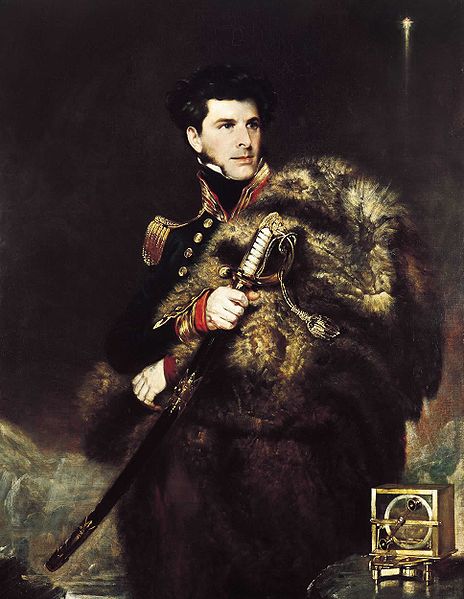
James Clark Ross, a famous polar explorer who later traveled to Antarctica, was 31 at the time of reaching the North Magnetic Pole.
On June 1, 1831, a British expedition led by James Clark Ross reached the Earth’s North Magnetic Pole. This pole, which moves over time at various points on the Earth’s surface, was located in the area of the Boothia Peninsula in the far north of Canada in that year. That peninsula is located north of Hudson Bay and not far from Baffin Island, Canada’s largest island. Interestingly, the northern tip of the Boothia Peninsula is also the northernmost point of the entire continental part of Canada. Although it was a far northern location, the North Magnetic Pole of the Earth at that time was much further south than the North Geographic Pole. The distance between them was as much as 2,200 kilometers, so that the North Magnetic Pole was much easier to reach by European researchers. Note that at the North and South magnetic poles, the compass needle should theoretically, when it could move in three dimensions, point vertically downward.
James Clark Ross, a famous polar explorer who later traveled to Antarctica, was 31 at the time of reaching the North Magnetic Pole. Although he personally led the expedition to that pole, the supreme leader of the entire British team of which the expedition was a part, at the time was his uncle John Ross, Admiral of the British Royal Navy. Europeans after James Clark Ross no longer reached the North Magnetic Pole until 1903 (as many as 72 years later). It was then reached by Roald Amundsen, but in a slightly different geographical location, as the pole had shifted in the meantime. Such a shift continued in the following years, so that today the North Magnetic Pole is located hundreds of kilometers north of where it was in 1831.




